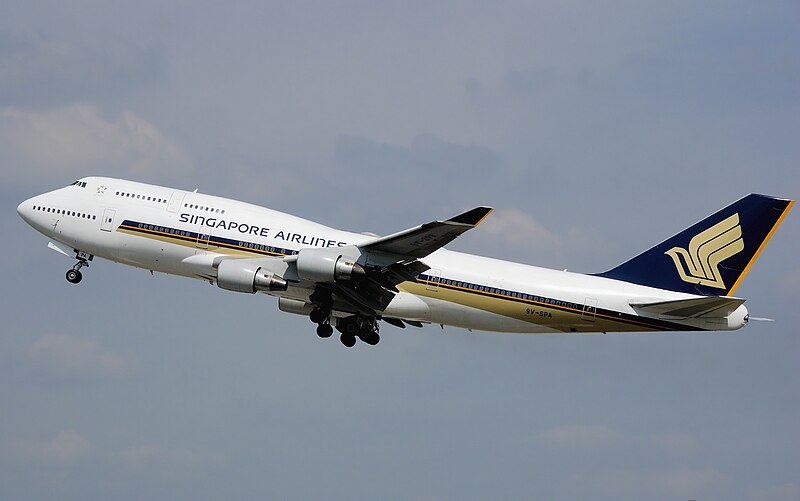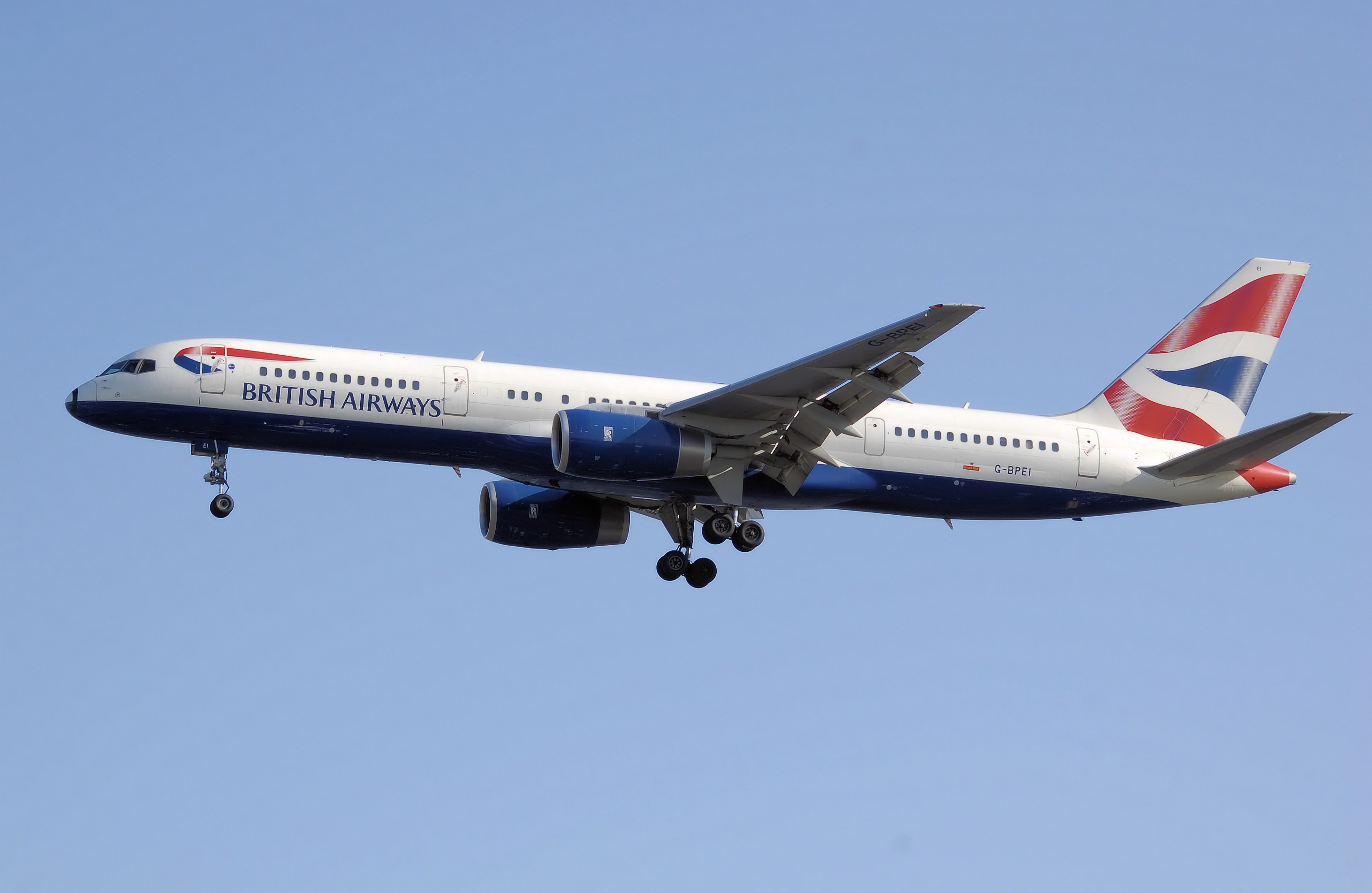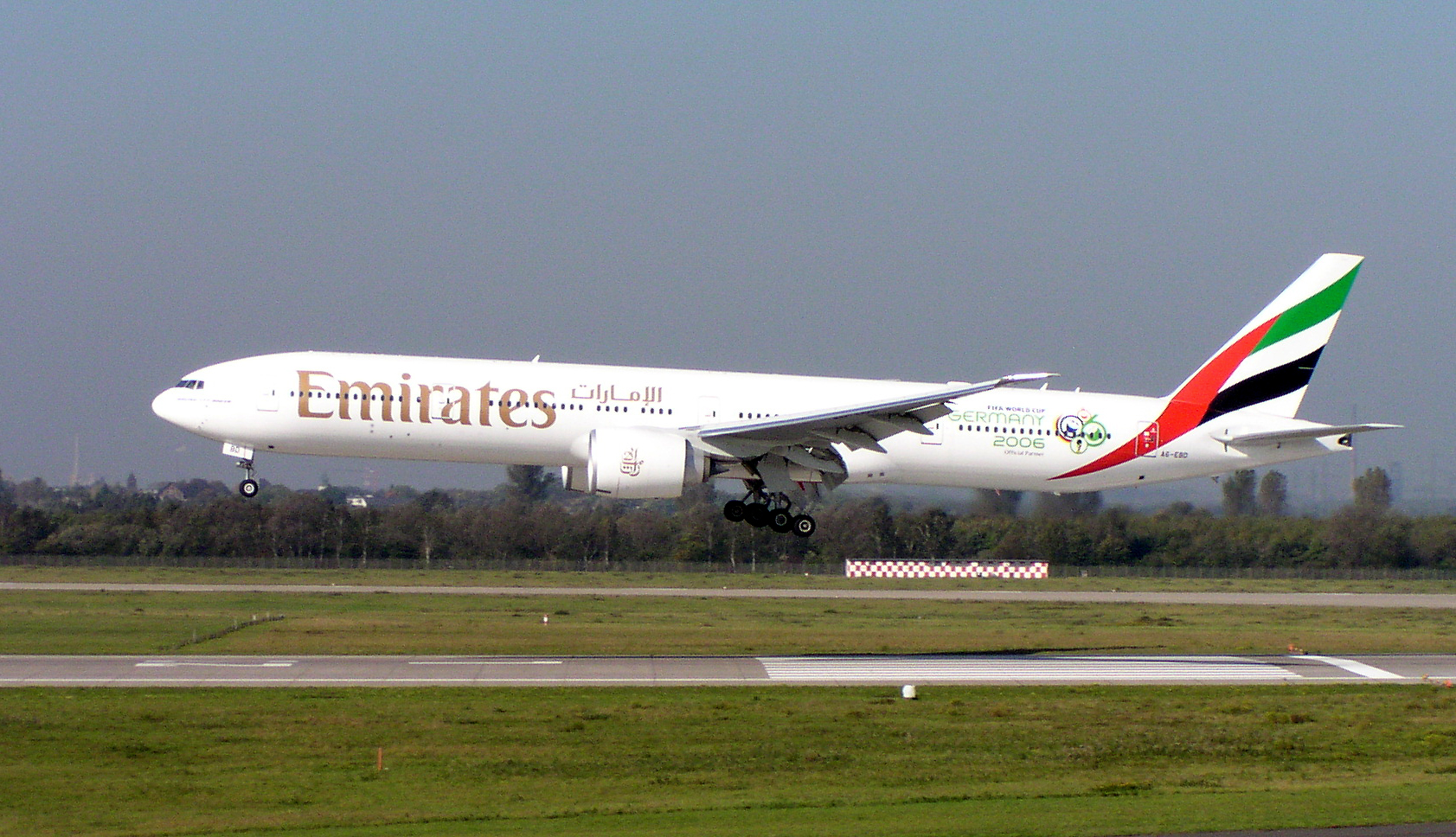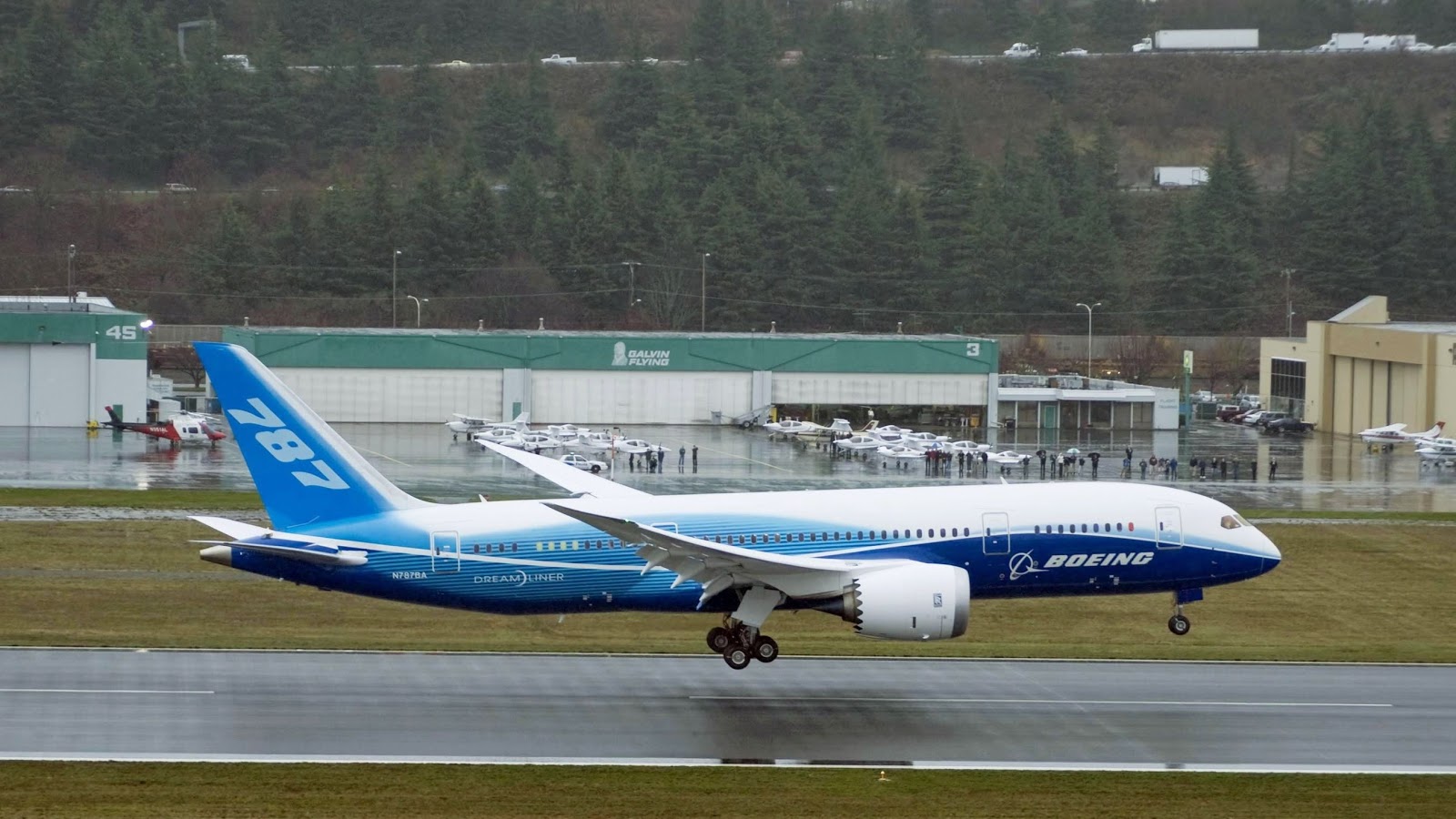History of Boeing
What is Boeing?
The Boeing Company is an American multinational corporation that designs, manufactures, and sells airplanes, rotorcraft, rockets, satellites, and missiles worldwide. The company also provides leasing and product support services.
Boeing 717
The Boeing 717 is a twin-engine, single-aisle jet airliner, developed for the 100-seat market. The airliner was designed and originally marketed by McDonnell Douglas as the MD-95, a derivative of the DC-9 family. Capable of seating up to 134 passengers, the 717 has a design range of 2,060 nautical miles. It is powered by two Rolls-Royce BR715 turbofan engines mounted at the rear of the fuselage.

Boeing 727
The Boeing 727 is a midsized, narrow-body three-engined jet aircraft built by Boeing Commercial Airplanes from the early 1960s to 1984.[1] It can carry 149 to 189 passengers and later models can fly up to 2,700 nautical miles (5,000 km) nonstop. Intended for short and medium-length flights, the 727 can use relatively short runways at smaller airports. It has three Pratt & Whitney JT8D engines below the T-tail, one on each side of the rear fuselage with a center engine that connects through an S-duct to an inlet at the base of the fin.

Boeing 737-800
The Boeing 737-800 is a stretched version of the 737-700. It replaced the 737-400. The Boeing 737-800 competes with the Airbus A320. The 737-800 seats 162 passengers in a two-class layout or 189 passengers in a one-class layout. The 737−800 was launched by Hapag-Lloyd Flug (now TUIfly) in 1994 and entered service in 1998. Following Boeing's merger with McDonnell Douglas, the 737-800 also filled the gap left by Boeing's decision to discontinue the McDonnell Douglas MD-80 and MD-90. They are short- to medium-range, narrow-body jet airliners powered by two engines.
Boeing 747-400
The Boeing 747-400 is an American wide-body jet airliner developed by Boeing Commercial Airplanes. Derived from the earlier versions of the Boeing 747, the 747-400 retains the four-engine wide-body layout of its predecessors, whilst incorporating numerous technological and structural changes to produce a more efficient airframe. Its most distinguishing features versus preceding 747 models are 6-foot (1.8 m) winglets mounted on 6-foot (1.8 m) wing tip extensions, which are found on all 747-400s except for Japanese domestic market versions. It is the best-selling model of the Boeing 747 family of jet airliner.

Boeing 757-200
The Boeing 757 is a mid-size, narrow-body twin-engine jet airliner that was designed and built by Boeing Commercial Airplanes. It is the manufacturer's largest single-aisle passenger aircraft and was produced from 1981 to 2004. The twinjet has a two-crew member glass cockpit, turbofan engines of sufficient power to allow takeoff from relatively short runways and higher altitudes, a conventional tail and, for reduced aerodynamic drag, a supercritical wing design. Intended to replace the smaller three-engine 727 on short and medium routes, the 757 can carry 200 to 295 passengers for a maximum of 3,150 to 4,100 nautical miles (5,830 to 7,590 km), depending on variant. The 757 was designed concurrently with a wide-body twinjet, the 767, and, owing to shared features, pilots can obtain a common type rating that allows them to operate both aircraft.

Boeing 767-300
The Boeing 767 is a mid- to large-size, mid- to long-range, wide-body twin-engine jet airliner built by Boeing Commercial Airplanes. It was Boeing's first wide-body twinjet and its first airliner with a two-crew glass cockpit. The aircraft has two turbofan engines, a conventional tail, and, for reduced aerodynamic drag, a supercritical wing design. Designed as a smaller wide-body airliner than earlier aircraft such as the 747, the 767 has a seating capacity for 181 to 375 people, and a design range of 3,850 to 6,385 nautical miles (7,130 to 11,825 km), depending on variant. Development of the 767 occurred in tandem with a narrow-body twinjet, the 757, resulting in shared design features which allow pilots to obtain a common type rating to operate both aircraft.
The 767 is produced in three fuselage lengths. The original 767-200 entered service in 1982, followed by the 767-300 in 1986 and the 767-400ER, an extended-range (ER) variant, in 2000. The extended-range 767-200ER and 767-300ER models entered service in 1984 and 1988, respectively, while a production freighter version, the 767-300F, debuted in 1995. Conversion programs have modified passenger 767-200 and 767-300 series aircraft for cargo use, while military derivatives include the E-767 surveillance aircraft, the KC-767 and KC-46 aerial tankers, and VIP transports. Engines featured on the 767 include the General Electric CF6, Pratt & Whitney JT9D and PW4000, and Rolls-Royce RB211 turbofans.
Boeing 777-300ER
The Boeing 777 (Triple Seven) is a long-range wide-body twin-engine jet airliner developed and manufactured by Boeing Commercial Airplanes. It is the world's largest twinjet and has a typical seating capacity of 314 to 396 passengers, with a range of 5,240 to 8,555 nautical miles (9,704 to 15,844 km). Commonly referred to as the "Triple Seven", its distinguishing features include the large–diameter turbofan engines, long raked wings, six wheels on each main landing gear, fully circular fuselage cross-section, and a blade-shaped tail cone.[7] Developed in consultation with eight major airlines, the 777 was designed to replace older wide-body airliners and bridge the capacity difference between Boeing's 767 and 747. As Boeing's first fly-by-wire airliner, it has computer-mediated controls. It was also the first commercial aircraft to be designed entirely with computer-aided design.

Boeing 787 Dreamliner
The Boeing 787 Dreamliner is an American long-haul, mid-size wide-body, twin-engine jet airliner made by Boeing Commercial Airplanes. Its variants seat 242 to 335 passengers in typical three-class seating configurations. It is the first airliner with an airframe constructed primarily of composite materials. The 787 was designed to be 20% more fuel-efficient than the Boeing 767, which it was intended to replace. The 787 Dreamliner's distinguishing features include mostly electrical flight systems, raked wingtips, and noise-reducing chevrons on its engine nacelles.


Credit : Huzy Bil
Sharing is Caring & Helping








